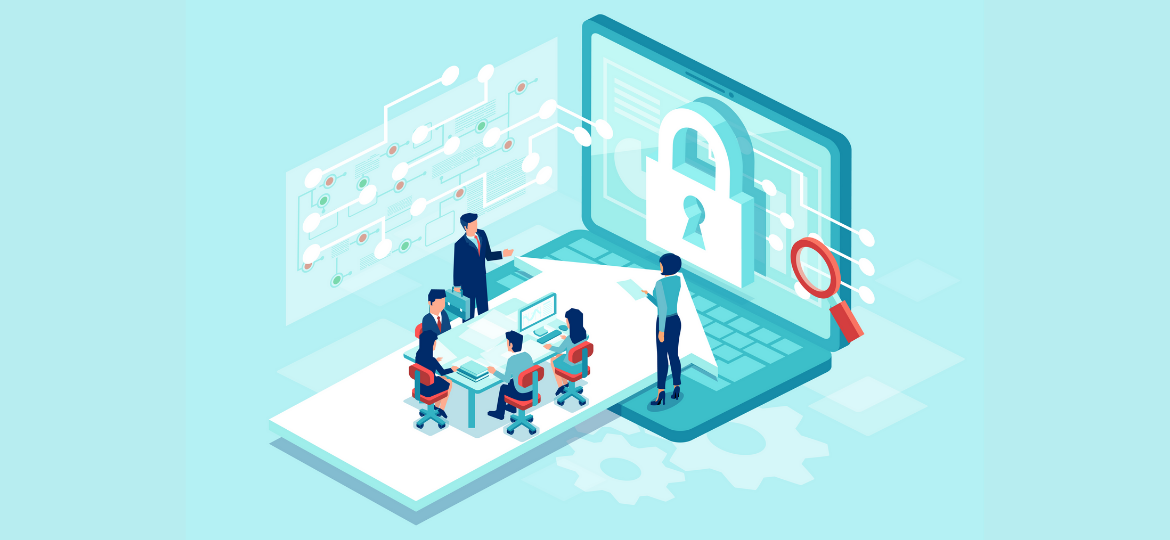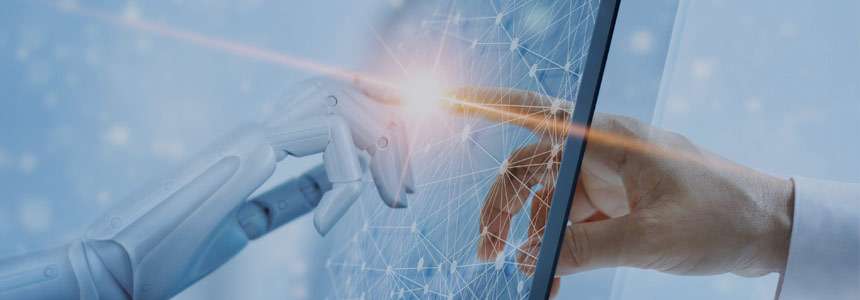
People can be the greatest assets and the biggest threats in an organization. Hackers or sometimes, even your own employees can pose a liability to you. But then again, the ones who can combat these threats for you are also people, the cybersecurity workforce—cyberwarriors.
It takes a great deal of expertise and skill to combat the cybercrime that exists today. Yet, this essential role has a dearth of employees. Cybersecurity ventures, recently predicted that 3.5 Million cybersecurity jobs are going to remain unfulfilled by 2021. Although this sounds like a large availability of roles, this essentially means the requirement is higher than what is available.
This problem has also led to a skill gap in the field. As most of the organizations and different verticals who need efficient cybersecurity workforce, often settle for people with a mismatch in the job requirement to their skill. A person better off in a different role might be put into a position outside his or her skill range to fill in a requirement. This causes a bigger problem in the industry.
Hackers seem to be getting smarter, and technology seems to be increasing the threat landscape for cybercrime, while the human capital to tackle these issues is reducing in number and skills set.
Reasons for the cybersecurity workforce shortage:
1. Cybersecurity requirements always take longer to fill. This is due to reasons such as lack of availability of eligible candidates, lack of understanding of the requirement at hand.
2. A large part of cybersecurity deals with understanding internal threats. Thus, when it comes to hiring people for the cybersecurity workforce, it is all the more important to understand who is hired. There are several psychological methods to detect who is more suitable for such roles.
3. Limited exposure to the industry in schools. This greatly reduces the number of students who can possibly have an interest in the role. Even at the university level, a lot of students never get the opportunity the study the field of cybersecurity.
4. Technological advancement in the field of cybersecurity has also made people stray further away from the field due to their lack of understanding of the latest in the field.
5. The threat landscape today has become very vast. According to Cisco, the number of connected devices on the internet is said to exceed 50 billion devices, this brings apprehension to many people who aspire to be in cybersecurity as securing networks has become increasingly difficult.
Cognitive technology can ramp this up for the cybersecurity workforce:

Cognitive technology can read data at a much higher speed. Thus, it can continuously read data in real-time and deliver insights. This can be utilized the reallocate tasks. The cognitive technologies can do a lot regular monitoring work while the work that is at higher alerts can be looked into by the cybersecurity workforce.
A lot of the cybersecurity work tends to get monotonous. This leads to officials missing several steps to complete the task at hand. Such activities can be avoided when most regular systematic work is done the cognitive technologies.
Cybersecurity, along with cognitive technology, is not a competition for who is more efficient but rather an evolution. It allows for the efficiency of the technology to be combined with the intelligence and adaptive nature of the human mind.
Other solutions:
The evolving nature of cybersecurity allows for the cybersecurity workforce to be hired from the wide variety of talent pool in the IT industry today. The employees currently working in various sectors can be trained and reskilled to suit the job requirement.
Another crucial solution is inclusivity. Especially the inclusivity of women in cybersecurity. Several processes are in place to ensure this is given importance, like 100 women 100 days cybersecurity certification program. Such initiatives are going to raise the number of women CISO in Fortune 500 companies to 20 percent, according to Forrester.
Cybersecurity is a constantly changing field as the cybercrimes themselves are continually changing. The cybersecurity workforce must constantly be in the process of learning and updating their skills. They must also be proactive at all times and predict threats with the help of technology. It is always better to be preventive than to correct oneself after an attack.
